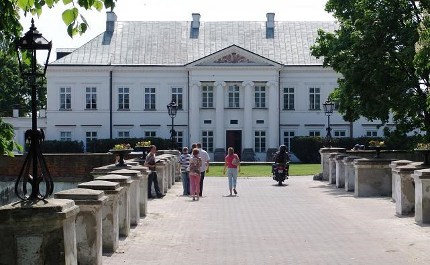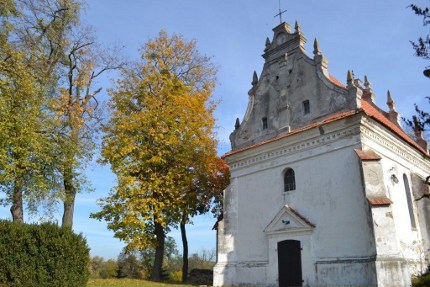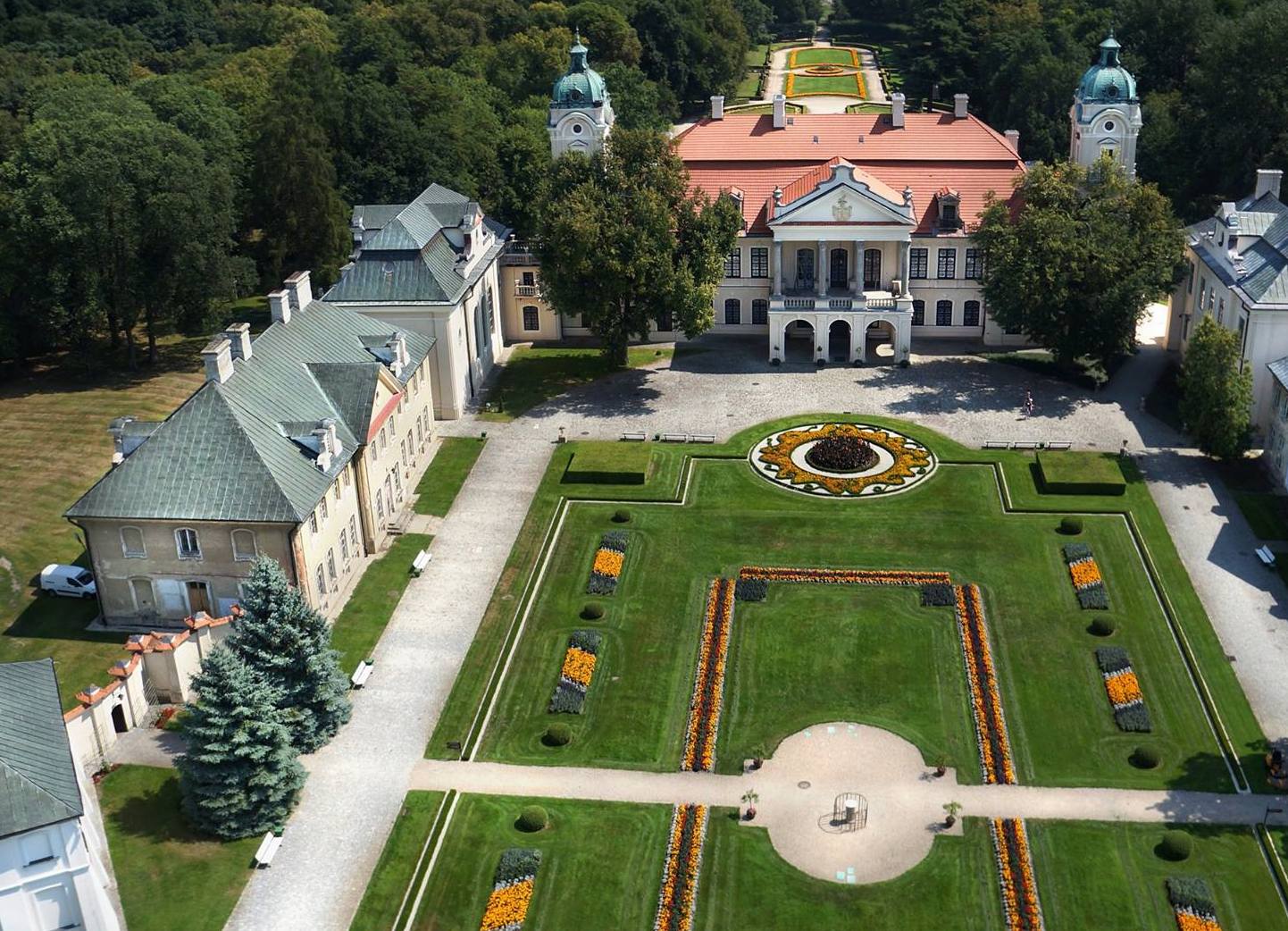k-r


A large village established as a royal agricultural farm in the times of King Casimir the Great, located on the trade route leading to the river crossing in Bochotnica, which was well-known for inns and taverns. Presently the village is the central station of the narrow gauge tourist railway, which in spring and summer offers rides across the picturesque Lublin Powiśle. ...

Kazimierz Dolny is a favorite place of the painters, photographers, and filmmakers. It owes its fame to the great harmony of the landscape, combining the nature of the Lesser Poland Gorge of the Vistula River with wonderful architecture. The castle and a stone tower, that once guarded the Vistula crossing, come from the period of the foundation of the city by Casimir the Great. The greatest development of trade took place in the 16th and 17th centuries. During this period, the city was expanded in the Renaissance style, the Parish church and the church of St. Anne were ...

Wyjątkowa, kamienno-drewniana kaplica zdobi najsłynniejsze miejsce objawień w województwie lubelskim. To właśnie tutaj, tatarscy najeźdźcy więzili polskich jeńców pod koniec XIII w. Jednym ze zdobytych łupów była figura Matki Bożej, którą Tatarzy wyszydzali i beszcześcili. Jednak na ich oczach figura uniosła się w górę i stanęła na pobliskiej lipie, uchodząc z rąk oprawców. W tym samym czasie dotarła na te tereny wiadomość o porażce wojsk chana pod Głuskiem Opolskim. Jeńcy odzyskali wolność, a Tatarzy uciekli w popłochu, nie zdobywając pobliskiej Wąwolnicy ...

An important centre of Calvinism during the Renaissance and of Hasidic Judaism in the 19th c. It has well-preserved urban architecture typical of a commercial town with two showpieces from the second half of the 18th c. – the Parish Church of Assumption of Our Lady and the palace with a sentimental landscape park – both founded by Princess Anna Jabłonowska and designed by Szymon Bogumił Zug in the Classicist style. In the beginning of October 1939 a long battle took place near Kock between Polish soldiers from the ‘Polesie’ Independent Operational Group and the German army. The memor ...

The oldest and most renowned religious sanctuary in Podlasie (on the Bug River) with the venerated miraculous painting of Our Lady of Guadalupe. St. Anne’s Church, founded by the Sapieha Family, displays Renaissance and Baroque features, while its interior has a decorated vault characteristic of the Lublin Renaissance. The Gothic chapel (presently the Church of the Holy Spirit) is the only reminder of former historic castle buildings. ...

Places worth seeing include: the early-17th-century St. Anne’s Church in the Lublin Renaissance style, Parish Church of the Finding of the True Cross and St. Andrew the Apostle (dating back to the 14th c.), manor of the Tęczyński Family, building of the former hospital for the poor, agricultural farm with an 18th-century granary, and remains of the Evangelical cemetery located by the Kurówka River. The 16th-century urban design of the market square is listed in the Registry of Historic Monuments. Końskowola hosts the annual Festival of Roses and is often referred to as ‘the rose capita ...

A village featuring the oldest Greek Catholic temple in the Lublin Region – the 1685 wooden Church of the Baptism of Christ. Since 2004 the church has belonged to the Greek Catholic parish in Lublin. The main parish temple is the Church of the Birth of the Virgin Mary, which was relocated from Tarnoszyn near Korczmin to the Open Air Village Museum in Lublin. ...

A village upon the Bug River with a unique Neo-Uniate parish of the Byzantine Rite. In the interwar period of the 20th c. there were almost 40 such parishes established on the grounds of former Uniate parishes dissolved by Tsarist authorities in 1875, however only the one in Kostomłoty has survived up to the present day. The 1631 wooden church boasts a 17th-century iconostasis with historic icons. ...

The Zamoyski Museum in Kozłówka is one of the most beautiful and popular Polish palace museums, located in the vicinity of the Kozłowiecki Landscape Park. The museum is housed in a palace and park complex, which was founded in the first half of the 18th century, and rebuilt at the turn of the 19th and 20th century by Count Konstanty Zamoyski. The interiors in the style of the Second Empire have been perfectly preserved. ...

A village upon the Minina River founded in the 15th c., featuring a church from the first half of the 17th c. with stucco decorations in the Lublin Renaissance style and a Classicist manor house with a four-columned portico from the first half of the 19th c. ...
Page 1 of 5












